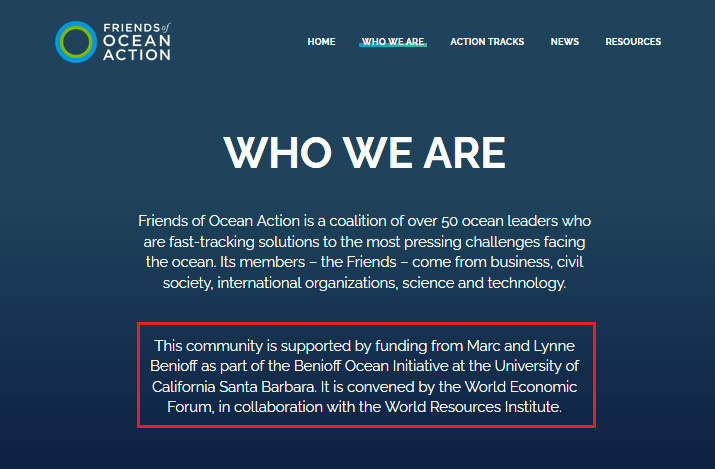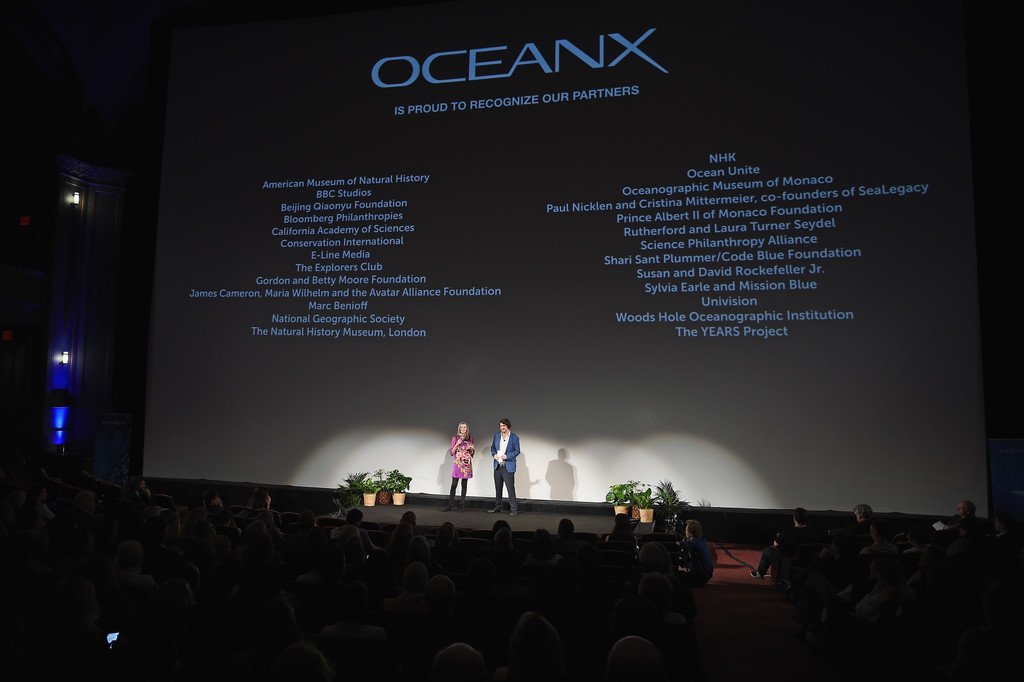Nov 15
20220
Fourth Industrial Revolution Industrialization Jacques Ellul mental health Philosophy Smart Cities Technology
WATCH: The Betrayal by Technology: A Portrait of Jacques Ellul
Produced by Rerun Productions
Amsterdam
1992
French sociologist and technology critique Jacques Ellul in his studio in Pessac, France. Photo taken as part of the filming of the documentary “The Betrayal by Technology” by ReRun Productions, Amsterdam, Netherlands. December 12, 1990
“This movement is invading the whole intellectual domain and also that of conscience. … What is at issue here is evaluating the danger of what might happen to our humanity in the present half-century, and distinguishing between what we want to keep and what we are ready to lose, between what we can welcome as legitimate human development and what we should reject with our last ounce of strength as dehumanization. I cannot think that choices of this kind are unimportant.”
— Jacques Ellul, Ce que je crois (1987) [What I Believe] translated by Geoffrey W. Bromiley (1989), p. 140
“Technology forces us to go faster and faster. One does not know where one goes. The only thing that matters is the speed.” French philosopher Jacques Ellul has analyzed modern Western society on basis of the premise that technology has become an autonomous, all-determining factor.
In 1950, Ellul finished his manuscript La Technique ou l’enjeu du siècle (The Technological Society), his seminal analysis of the way technology shapes every aspect of society. As contemporary thinker, he was strongly influenced by Kierkegaard, Marx and Barth. After a life, in which he wrote close to fifty books, Ellul died in the summer of 1994, at the age of 82.
The team of ReRun Producties visited Ellul in 1990. During five subsequent days, long interview sessions were held with him in his old mansion in Pessac. The Betrayal by Technology is one of the very few existing filmed recordings of Jacques Ellul speaking.”
54 minutes








































!["Greater income inequality, increased unemployment, growing dependence on government, and more mass migrations are a few of the most pressing problems that failing to train the next generation of workers for the digitally driven economy will bring." [page 3]](https://i0.wp.com/www.wrongkindofgreen.org/wp-content/uploads/2021/01/Deloitte-GBC-Education-Youth-Work-Force-4IR-Cover.jpg?resize=690%2C975&ssl=1)









































































